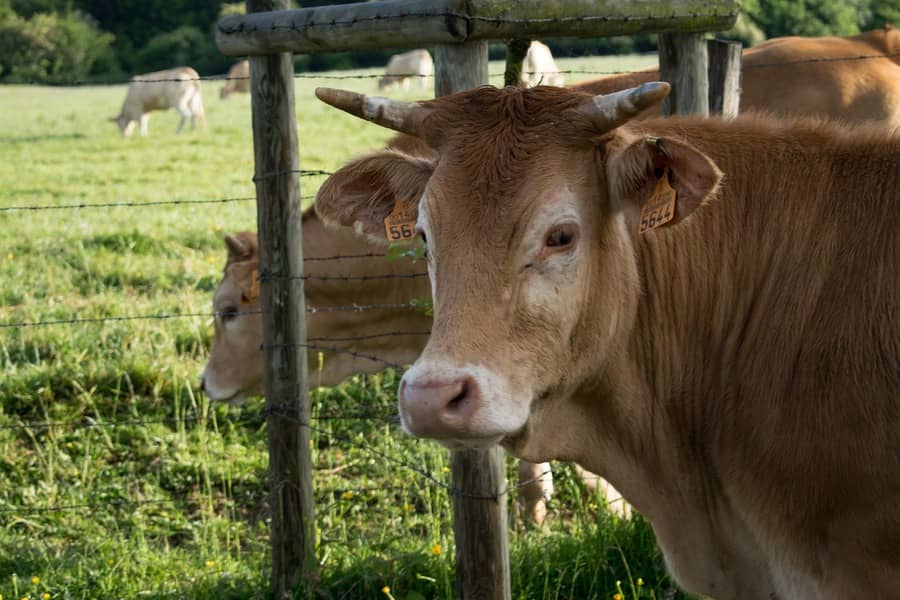Exports of animal protein were one of the main highlights of the Brazilian trade balance in 2020. The great justification for the protagonism of the meat industry was the extreme need for imports by China, which faced a strong supply gap in its pork production, as a consequence of the African swine fever outbreak. It was not only Brazil that benefited from this atypical demand from China. The European Union, Australia, Argentina, and the United States also exported good volumes of animal protein.
The main aspect that needs to be considered in 2021 is the speed of the recovery of the pig herd in the Chinese market, with conflicting numbers pointed out by the Chinese government in comparison with the rest of the market. Basically, China is already pointing to a level of herd replenishment very close to that of 2017, the year in which the outbreak of African Swine Fever (ASF) began. It is true that in the last few months there have been few cases of ASF reported in Chinese territory by the OIE, the disease is advancing in Eastern Europe, especially in Romania. But in any case, it is too early to assess that the herd replenishment has occurred so aggressively, no matter how much domestic prices in China stimulate production.
Several international agencies have signaled a new strain of ASF escalating in Chinese territory. This variant of the virus does not have the same lethality as the original strain, however, it drastically affects the birth rate of matrices, jeopardizing the process of recovery of the pig herd in the world’s main meat consumer. It is very important to note that there was no mention of new cases in the OIE’s most recent report, nor was there any mention of a new strain of the virus. This kind of environment raises several questions about China’s transparency about the disclosure of strategic data. In order to really evaluate the recovery process, it will be necessary to carefully observe the shipment data of the main players of the meat industry. In other words, a combination of bearish movements would signal a change in China’s purchasing profile.
In January, Brazil exported around 184.9 thousand tons of beef in carcass equivalent, a decrease of approximately 6.8% from January 2020. In terms of revenue, the decline was more emblematic, of nearly 13%. For the cattle industry, another aspect needs to be mentioned: meat-packers find a latent difficulty in finding animals under Chinese standards in the market at this time of supply shortage. It remains to be seen to what extent this difficulty impacts Brazilian exports. The dependence on the Chinese market has increased, 49% of Brazilian exports were destined directly to the Asian giant, and other traditional importers of Brazilian beef also reduced their purchases in January.
The decline in the pace of pork shipments was even more severe. In the last month of January, the volume exported hit only 61.6 thousand tons, down 8.65% from January 2020. Revenue fell around 11.4%. Like beef, pork depends too much on the Chinese market, and 53% of Brazilian exports were sent directly to mainland China. This decline in the pace of shipments is one of the factors that led to an accelerated fall in the domestic prices of pork and live pigs.
Chicken also performed poorly. As already discussed, this segment’s exports are less dependent on China. Brazil still counts on halal meat exports as an important differential. Moreover, we have Japan as a relevant consumer. In general, chicken exports are better distributed, even though China has a 16% share of Brazilian exports. However, the decline in shipments was quite sharp, signaling that other traditional and non-traditional importers were not as active either.
In January, Brazil exported around 282.83 thousand tons of chicken, down 10.8% from January last year. In terms of revenue, the fall was more significant, around 18%. Chicken also presented great internal difficulties during the month of January. The scenario becomes more worrying, considering the cost structure in the first semester. The market already knew in advance the difficulties surrounding corn, with a reduced summer area, besides the increase in freight rates amid the priority set for the soybean crop flow. Other cyclical problems also play a role in this scenario, starting with the increase in the cost of electricity, including the recent rise in fuel prices. The ingredients for inflation growth in the first half are many.

